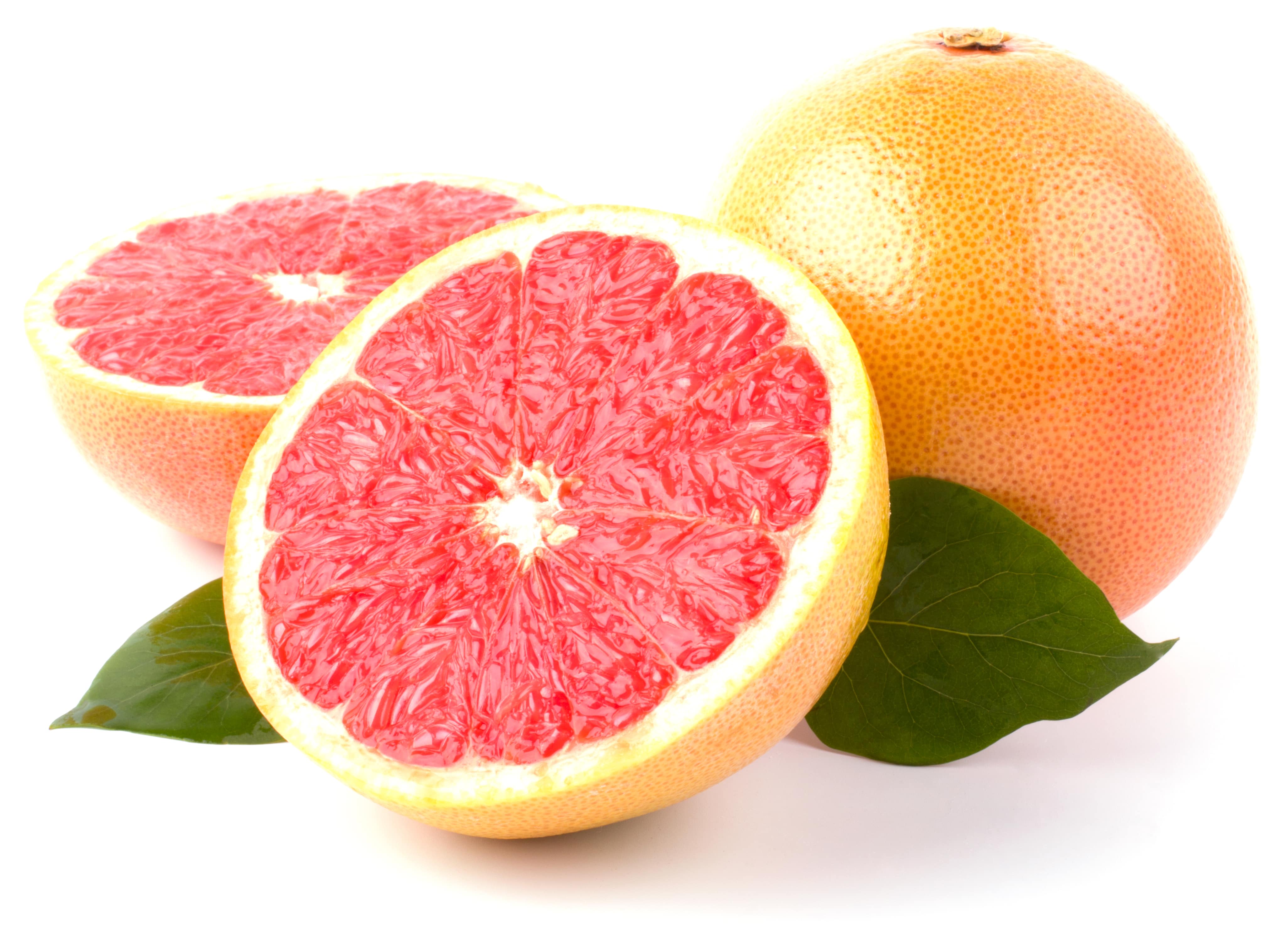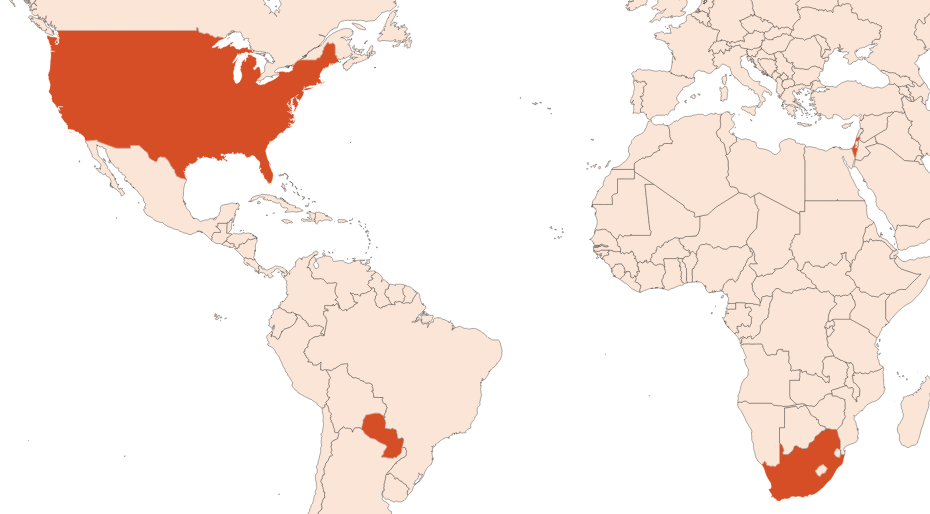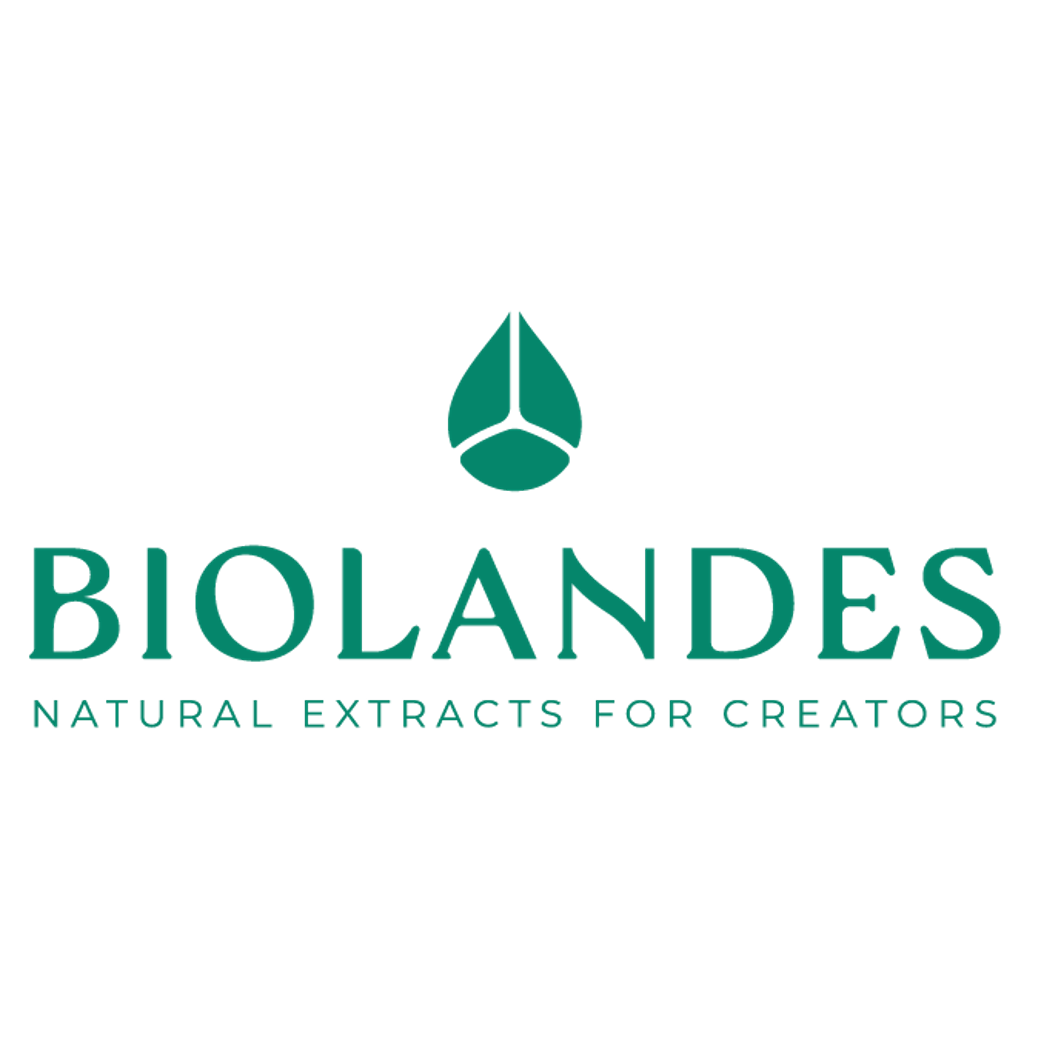Grapefruit EO
Naturelle
Citrus > Zesty > Grapefruit

Crédits photo: ScenTree SAS
Latin name :
Citrus grandis (L.) Osbeck
Botanical profile :
Grapefruit is the fruit of the grapefruit tree, a tree of the Rutaceae family and the Citrus genus.
Geographic origin :
Originally from Barbados, grapefruit is now grown in the USA (Florida), Brazil, Israel, South Africa and China
Chemotypes :
The genus Citrus includes the vast majority of citrus fruits and includes a large number of varieties available in perfumery:
Bergamot - (Citrus bergamia) is a hybrid of lemon and bitter orange, grown for the essential oil of its fruit and petitgrain.
Bitter orange or bigarade orange - (Citrus aurantium), grown in Spain and Florida.
Citron - (Citrus medica), grown in Italy (Sicily).
Lemon - (Citrus limon), cultured in Italy for the essential oil of its fruit and of its leafy twigs (Petitgrain).
Combava - (Citrus hystrix), grown in Thailand and India.
Lime - (Citrus aurantifolia), grown for its fruit in Mexico for the most part.
Mandarin - (Citrus reticulata), grown mainly in Italy for its fruit and for its petitgrain, by extracting the leaves from the tree. Its hybrid with sweet orange gave birth to clementine.
Orange - (Citrus sinensis) is famous for the cultivation of its fruits, whose juice and essential oil are extracted in Brazil and California in particular, which is the most used of all perfumes.
Grapefruit - (Citrus paradisii) of Malay origin, is cultivated for its essential oil in Brazil and Israel in particular.
Yuzu - (Citrus junos), produced in Japan and Korea.
Bergamot - (Citrus bergamia) is a hybrid of lemon and bitter orange, grown for the essential oil of its fruit and petitgrain.
Bitter orange or bigarade orange - (Citrus aurantium), grown in Spain and Florida.
Citron - (Citrus medica), grown in Italy (Sicily).
Lemon - (Citrus limon), cultured in Italy for the essential oil of its fruit and of its leafy twigs (Petitgrain).
Combava - (Citrus hystrix), grown in Thailand and India.
Lime - (Citrus aurantifolia), grown for its fruit in Mexico for the most part.
Mandarin - (Citrus reticulata), grown mainly in Italy for its fruit and for its petitgrain, by extracting the leaves from the tree. Its hybrid with sweet orange gave birth to clementine.
Orange - (Citrus sinensis) is famous for the cultivation of its fruits, whose juice and essential oil are extracted in Brazil and California in particular, which is the most used of all perfumes.
Grapefruit - (Citrus paradisii) of Malay origin, is cultivated for its essential oil in Brazil and Israel in particular.
Yuzu - (Citrus junos), produced in Japan and Korea.
Extraction process :
Grapefruit is a fruit that can grow up to 15 centimetres in diameter. The cultivation of this fruit requires sunshine and great periods of heat.
The fruits are grown from January to June. A second harvest can happen if the weather conditions are favourable. Harvest can be done manually or mechanically according to the growers. In the case of a mechanical cultivation, a tractor passes between the tree rows to shake the fruits and collect them into a receptacle. The fruits are transported to the factory where they are sorted and washed with water.
The second step is to squeeze the essential oil of the citrus zest in a sfumatrice. Then, the essential oil and zest debris are washed away to a centrifuge to separate the oil from the water and the waxes. After that, the essential oil is collected.
The yield of grapefruit essential oil is between 0.16 and 0.2%.
Grapefruit can be deterpened by fractional distillation of the essential oil to separately collect grapefruit terpenes and a deterpenated essential oil, which concentrates the essential oil aldehydes, giving it more power.
The fruits are grown from January to June. A second harvest can happen if the weather conditions are favourable. Harvest can be done manually or mechanically according to the growers. In the case of a mechanical cultivation, a tractor passes between the tree rows to shake the fruits and collect them into a receptacle. The fruits are transported to the factory where they are sorted and washed with water.
The second step is to squeeze the essential oil of the citrus zest in a sfumatrice. Then, the essential oil and zest debris are washed away to a centrifuge to separate the oil from the water and the waxes. After that, the essential oil is collected.
The yield of grapefruit essential oil is between 0.16 and 0.2%.
Grapefruit can be deterpened by fractional distillation of the essential oil to separately collect grapefruit terpenes and a deterpenated essential oil, which concentrates the essential oil aldehydes, giving it more power.
Major Components :
D-Limonene (90-95%)
Myrcene (≈2%)
Hexadecenal (≈0,5%)
Alpha-Pinene (≈0,5%)
Small quantities of Nootkatone and Aldehyde C-8
Myrcene (≈2%)
Hexadecenal (≈0,5%)
Alpha-Pinene (≈0,5%)
Small quantities of Nootkatone and Aldehyde C-8
- Uses in perfumery :
- Used in fresh, citrusy and cologne notes for a fruity facet.
- Other comments :
- Grapefruit comes from a hybridization between grapefruit and Sweet Orange EO. It was crossed for the first time in 1750 in Barbados, hence its original name of ''Barbados grapefruit ''. Its name is taken from Dutch.
Florida is the largest producer of grapefruit.
Grapefruit can be used to extract natural D-Limonene, although orange is preferred, as it concentrates more.
The molecule that gives grapefruit its olfactory typicity is Nootkatone, present at 1% in the essential oil.
Citrus currently suffer from a disease called ''citrus greening ''. This disease is deadly for citrus fruits and no treatment exists. It is transmitted by a vector insect that attacks young shoots: the psylla. This results in the premature death of many trees and therefore the decline in the general production of the essential oil and its quality (reduction of the D-Limonene level). - Volatility :
- Head
- Appearance :
- Colorless liquid
- Stability :
- Solubility issues in perfumes
Citruses tend to fade through time in perfumes
Limonene tends to convert into Carvone through time, and to give a minthy note to the oil - Price Range :
- €€
- Aromatherapy :
Informations provided below are taken from reference works in aromatherapy. They are given for information purposes only and can not constitute medical information, nor engage the responsibility of ScenTree.
Grapefruit is indicated as an aerial antiseptic, to disinfect premises.

Crédits photo: ScenTree SAS
- EINECS number :
- 90045-43-5
- FEMA number :
- 2530
- Allergens :
- D-Limonene
- IFRA :
- This ingredient is restricted by IFRA
- Restriction type :
- RESTRICTION
- Cause of restriction :
- PHOTOTOXICITY
- Amendment :
- 49
- Comments :
- The Standard is set due to the phototoxic effects of Grapefruit oil expressed. For more detailed information on the application of this Standard, please refer to the note on phototoxic ingredients in chapter 1 of the Guidance for the use of IFRA Standards. If the level of furocoumarins is unknown, the restriction level specified in this IFRA Standard applies. Combination effects of phototoxic ingredients are only taken into consideration for the furocoumarin-containing fragrance ingredients (extracts) listed in the IFRA Standard of Citrus oils and other furocoumarins containing essential oils. If combinations of furocoumarin-containing phototoxic fragrance ingredients (extracts) are used, the use levels must be reduced accordingly. The sum of the concentrations of all furocoumarin-containing phototoxic fragrance ingredients (extracts), expressed in of their recommended upper concentration level in the consumer product shall not exceed 100. For qualities of the expressed oil in which the less volatile components have been concentrated by partial or total removal of the terpene fraction, this limit should be reduced in proportion to the degree of concentration.
- Quantitative limit on the use :
-
Cat.1 Cat.2 Cat.3 Cat.4 Cat.5A Cat.5B Cat.5C Cat.5D Cat.6 4 % 4 % 4 % 4 % 4 % 4 % 4 % 4 % 4 % Cat.7A Cat.7B Cat.8 Cat.9 Cat.10A Cat.10B Cat.11A Cat.11B Cat.12 No Restriction 4 % 4 % No Restriction No Restriction 4 % No Restriction 4 % No Restriction - Annexe I :
- Some regulated synthetic ingredients are found in nature and in certain proportions in natural ingredients. This presence in nature has to be taken into account when calculating limits of use recommended by the IFRA. In case you do not know these concentrations, you can use the ones estimated by the IFRA. Here they are :
- Restriction type :
- RESTRICTION NON QRA
- Cause of restriction :
- PHOTOTOXICITY
- Amendment :
- 48
- Comments :
- The limit only applies to applications on skin exposed to sunshine, excluding rinse-off products (please refer to Table 4 of the QRA booklet for more detailed information). If combinations of phototoxic fragrance ingredients are used, the use levels have to be reduced accordingly. The sum of the concentrations of all phototoxic ingredients, expressed in % of their recommended maximum level in the consumer product shall not exceed 100. Note: See remark on phototoxic ingredients in the Introduction to the IFRA Standards (Appendix 8 to the IFRA Code of Practice) and the Standard on Citrus oil and other furocoumarins-containing essential oils. For qualities of the expressed oil in which less volatile components have been concentrated by partial or total removal of the terpene fraction, this limit should be reduced in proportion to the degree of concentration.
- Annexe I :
- Some regulated synthetic ingredients are found in nature and in certain proportions in natural ingredients. This presence in nature has to be taken into account when calculating limits of use recommended by the IFRA. In case you do not know these concentrations, you can use the ones estimated by the IFRA. Here they are :
| List of regulated compounds contained in this ingredient | ||
|---|---|---|
| Regulated ingredient name | CAS N° | Estimated Concentration |
| Citronellal | 106-23-0 | 0,1 |
| Citral | 5392-40-5 | 0,1 |
| Skin contact products | Non skin contact products | |
|---|---|---|
| Leave on products | Rinse off products | |
| 4 % | X | X |
| List of regulated compounds contained in this ingredient | ||
|---|---|---|
| Regulated ingredient name | CAS N° | Estimated Concentration |
| Citronellal | 106-23-0 | 0,1 |
| Citral | 5392-40-5 | 0,1 |
To learn more about IFRA's standards : https://ifrafragrance.org/safe-use/library
ScenTree is solely responsible for the information provided here.




